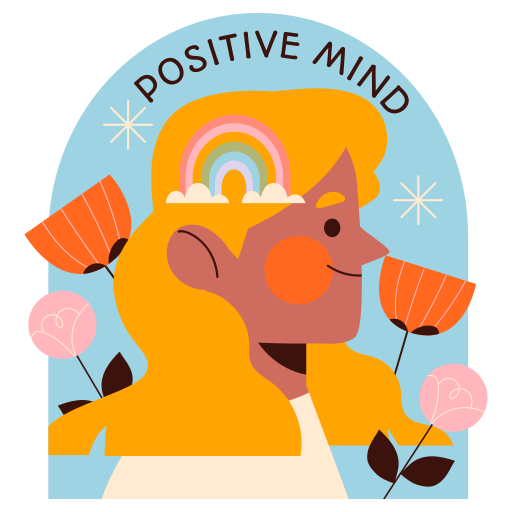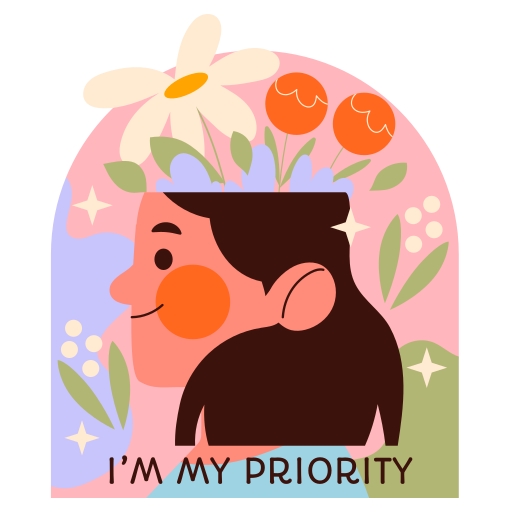Are you tired of feeling distant from others and want to build stronger connections? Let's dive into the world of aloofness and how it affects our relationships. Aloofness, or keeping people at arm's length, can create barriers that prevent us from truly connecting with others. But fear not! By digging deep into why we act this way and actively working to change it, we can break down these barriers and open ourselves up to authentic relationships. It's not just about recognizing the issue; it's about taking a journey within ourselves to grow and change. Get ready to explore practical tips and steps to help you break free from aloofness and embrace genuine connections for a happier, more fulfilling life. Let's embark on this journey together towards emotional well-being and meaningful relationships!
Understanding Aloof Behavior
A fundamental aspect of understanding aloof behavior lies in recognizing the intricate interplay of emotional unavailability, communication barriers, and a tendency to maintain emotional distance from others. Aloof individuals often exhibit a sense of detachment in their social interactions, finding it challenging to engage emotionally with others. This emotional detachment can stem from various sources such as past experiences of hurt, shyness, or a preference for independence.
In social settings, aloof individuals may struggle to express their emotions openly, leading to perceived coldness or disinterest. They often gravitate towards solitude and maintain only a small circle of close relationships where they feel comfortable enough to let their guard down. This preference for emotional distance can create barriers in forming new connections and can be mistaken for aloofness when, in reality, it is a coping mechanism for self-protection.
Understanding the complexities of emotional detachment in aloof behavior is crucial in fostering empathy and support for individuals who exhibit these traits. By acknowledging the underlying reasons for their behavior, we can begin to address their needs and help them navigate social interactions more effectively.
Breaking Communication Barriers
To establish meaningful connections with aloof individuals, it is important to approach communication with patience, empathy, and a willingness to understand their unique perspective. Breaking communication barriers with aloof individuals requires a delicate balance of sensitivity and assertiveness. Here are some effective strategies to foster better understanding and connection in social interactions:
- Actively listen to their thoughts and feelings, demonstrating genuine interest in what they have to say.
- Clearly and directly communicate your own needs and boundaries, encouraging open and honest dialogue.
- Show empathy and understanding towards their need for personal space, respecting their boundaries.
- Avoid pressuring them to engage or share more than they are comfortable with, allowing them to open up at their own pace.
Cultivating Empathy and Connection

Breaking down communication barriers with aloof individuals involves an intentional focus on nurturing empathy and fostering genuine connections through active listening and nurturing understanding. To promote empathy, it is critical to practice active listening, where you genuinely seek to comprehend others' perspectives and emotions. Put yourself in their shoes, acknowledging their feelings, and responding with empathy. Engaging in meaningful conversations that encourage emotional sharing and connection can help bridge the gap between aloofness and warmth. Show genuine interest in others by asking about their experiences and feelings, demonstrating that you value their input and emotions. By focusing on building trust and rapport through authentic interactions and emotional support, you can create a safe space for vulnerability and connection. Nurturing empathy and genuine connections is a powerful way to break down barriers and foster meaningful relationships with those who may initially seem aloof.
Setting Healthy Boundaries
Establishing clear and healthy boundaries is essential for nurturing respectful and balanced relationships. When it comes to setting healthy boundaries, here are some key points to take into account:
- Clearly communicate your needs and limits in relationships to make sure mutual understanding and respect.
- Enforce these boundaries by prioritizing your emotional well-being and avoiding overextending yourself for others.
- Limit emotional investment in distant individuals to maintain a healthy balance and protect yourself from potential emotional harm.
- Surround yourself with people who energize and support you, as this can help counteract the negative effects of engaging with distant individuals.
Nurturing Meaningful Relationships

Developing authentic and meaningful relationships requires a genuine commitment to open communication and mutual understanding. It is important to engage in open and honest conversations, where trust and understanding can flourish. Showing a genuine interest in the thoughts, feelings, and experiences of friends and family members is key to building strong connections. By practicing active listening and empathy, you convey your willingness to connect on a deeper level and create a space for meaningful interactions.
Furthermore, sharing your own thoughts, emotions, and vulnerabilities can further strengthen relationships by fostering mutual openness and trust. It is vital to invest time and effort in nurturing these connections by spending quality time together, showing consistent care, and offering support when needed. By prioritizing these aspects, you can foster lasting and fulfilling relationships that bring joy and support to both parties involved. Remember, meaningful connections are built on a foundation of genuine communication and mutual respect.
Frequently Asked Questions
What Causes People to Be Aloof?
Aloofness in individuals can stem from various factors such as social anxiety, low self-esteem, past experiences, upbringing, fear of rejection, and lack of social skills. Understanding these influences can help navigate and address aloof behavior effectively.
Why Am I so Aloof All the Time?
Understanding behavior is key to why one might feel consistently aloof. Building connections necessitates breaking down barriers created by fear, past experiences, or a desire for independence. Overcoming these obstacles can lead to meaningful relationships and personal growth.
Why Are You Being so Aloof?
Understanding social cues, building emotional connections, and breaking down barriers are key to addressing aloof behavior. Reflect on your interactions, consider others' perspectives, and practice vulnerability to foster genuine relationships and overcome aloof tendencies.
What Is an Aloof Personality?
An aloof personality is characterized by a preference for solitude and limited emotional expression. Understanding detachment, overcoming isolation, and building connections require patience and empathy. Respect for boundaries and fostering meaningful engagement are key.

















